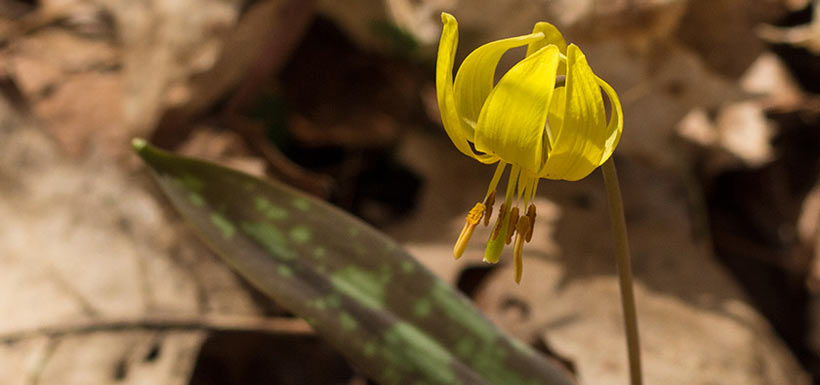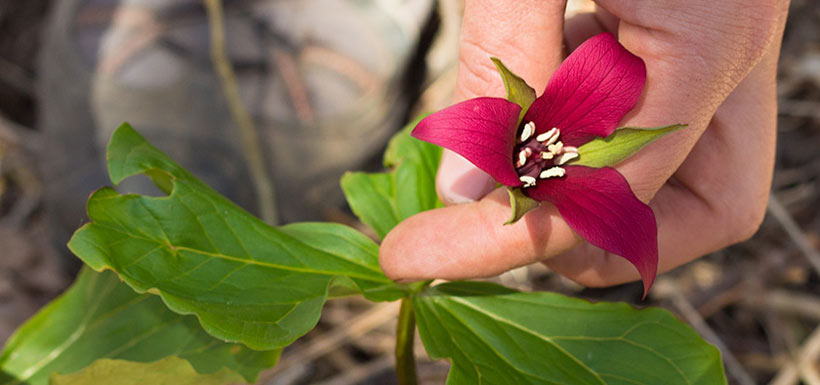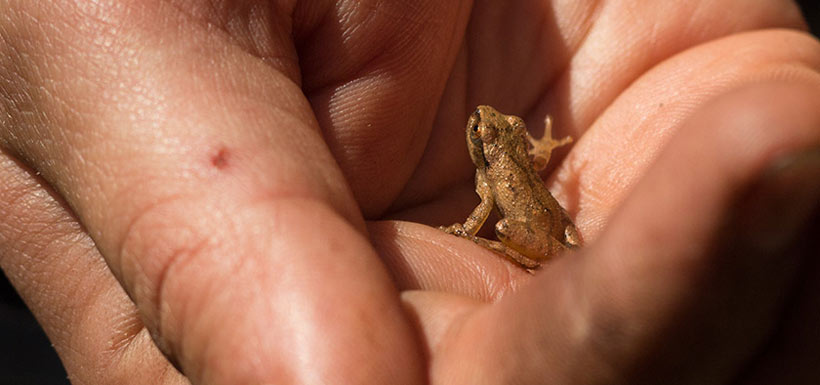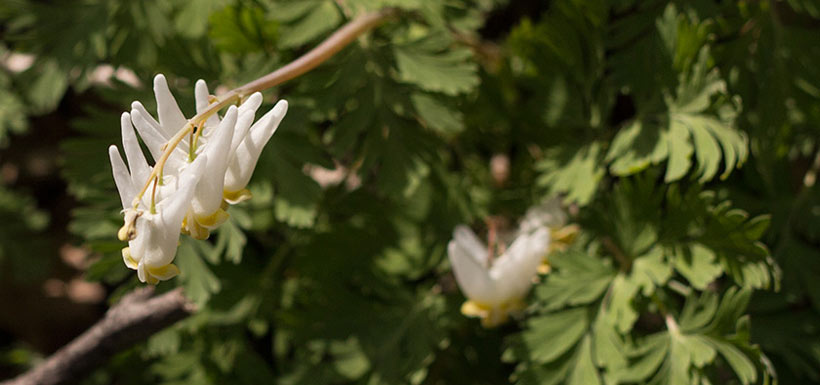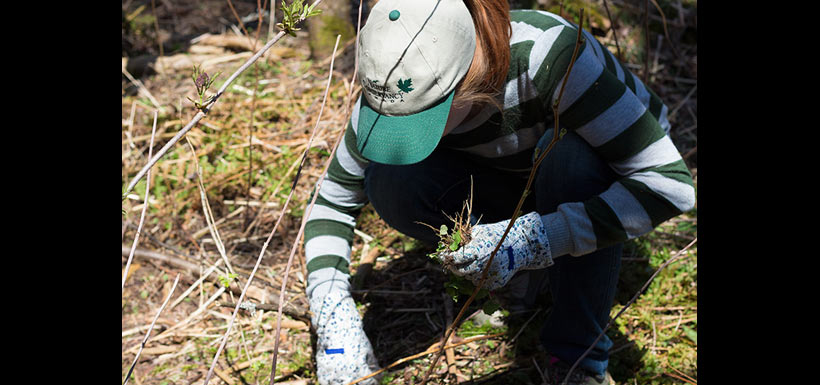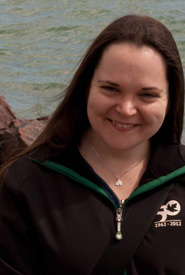A glimpse into a hidden refuge for nature: Volunteering at Severn Woodlands Nature Reserve
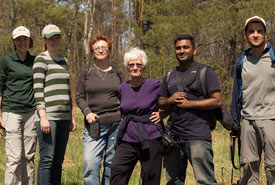
Volunteers at Severn Woodlands Nature Reserve, ON (Photo by Nicole Evelyn Senyi)
“Are you sure this is the right road?” I ask as I pull onto a heavily rutted dirt road that winds through thick forest.
“I think so,” responds my passenger, Pia Kaukoranta, major gifts coordinator for the Nature Conservancy of Canada's (NCC’s) Ontario Region, who today is acting as my navigator. She checks the map again to assure me that we are indeed on the right road, if you can call this muddy trail a road.
We bump along, avoiding rocks and roots; I’m worried for the state of my tires and their alignment but I have little choice as this is the only road into our destination. We’re on our way to NCC’s Conservation Volunteers event at the Severn Woodlands Nature Reserve in Ontario, two hours north of Toronto. To say the property is off the beaten track falls incredibly short of describing the visitor experience. But the managers of this nature reserve aren’t concerned with accommodating guests, at least not those of the two-legged variety.
The 600-acre (240-hectare) property, co-managed with the Couchiching Conservancy, is protected because its forests, wetlands and rock barrens are home to a variety of rare and at-risk species including the cerulean warbler, golden-winged warbler, eastern milksnake and common snapping turtle.
Severn Woodlands is a hidden refuge for nature. With so many areas open to public use and misuse, it’s important that some natural spaces be reserved for wildlife that desperately need undisturbed habitat. This is where NCC comes in. Whether through purchase or donation, NCC acquires land, protects it from development and cares for it forever.
It’s the protection of places like the Severn Woodlands that’s made NCC Canada’s leading national land conservation organization for over 50 years. Since 1962 the private non-profit has protected more than 2.7 million acres (1.1 million hectares) of ecologically significant land from coast to coast.
One way NCC cares for this network of natural areas is through its Conservation Volunteers program. Individuals sign up for events across the country to help NCC pull invasive species, remove fences, plant seeds and count butterflies. Often, it’s the only way the public can experience the protected wilderness of many of NCC’s properties.
“For a lot of volunteers it’s an opportunity to get out onto our properties,” says Laura Robson, assistant conservation biologist for the Georgian Bay-Huronia region. “A lot of our properties are inaccessible to visitors because of sensitive species and habitats that we don’t want to disturb.”
The events also give volunteers the opportunity to learn about conservation from the experts.
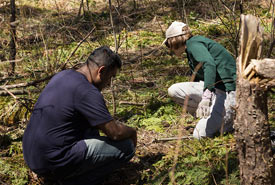
Volunteers pulling garlic mustard at Severn Woodland Nature Reserve, ON. (Photo by Nicole Evelyn Senyi)
“I would not have known what this plant was before,” says Cello Oommen, a fellow volunteer, as he points to the invasive garlic mustard that we’re helping NCC remove today.
Aside from Pia and myself, there’re three other volunteers that made it out today; one woman came all the way from Niagara Falls. Laura gives us an introduction to the area and explains why garlic mustard is a problem and how NCC is working to combat the invasive plant. Brought to North America as a garden herb, the innocent-looking weed has rapidly spread across Ontario, crowding out native species.
Equipped with garbage bags and gardening gloves, we spend the morning unearthing as much of the pungent flora as we can. Laura, and her fellow NCC staffer Mike Francis, explains NCC’s work in the region and the ongoing battle with invasive species.
“NCC works on a landscape scale,” says Pia, whose degree in environmental science led to her interest in working for the organization. “Rather than protecting one specific species we protect whole properties. Everything we do is very science-based.”
After a morning of work, we sit down to a well-earned lunch in the shade. We talk more about NCC and the importance of its mission. The passion and commitment of both the staff and volunteers for the organization and the lands it protects is obvious. While there are only a few of us spending a Saturday morning pulling weeds, I feel that I’m part of something bigger — part of a national conservation network made up of concerned Canadians like Cello and Pia.
Following lunch, Mike and Laura treat us to a short hike around the property where they helpfully point out the various early spring wildflowers that are blooming and the wildlife species we encounter, such as a snowshoe hare and spring peeper.
As we’re concluding our hike, the owners of the neighbouring property come out to greet us. They too share a love of nature and joyfully invite us to see the large beaver dam on their land. It’s inspiring to be surrounded by those whose love of Canada’s wild places is so profuse.
While many Canadians may never visit or even know of NCC’s conservation areas, it’s a great comfort that birds, bears, beavers and butterflies have a safe place of their own.
To learn more about NCC’s Conservation Volunteers program visit: www.conservationvolunteers.ca

